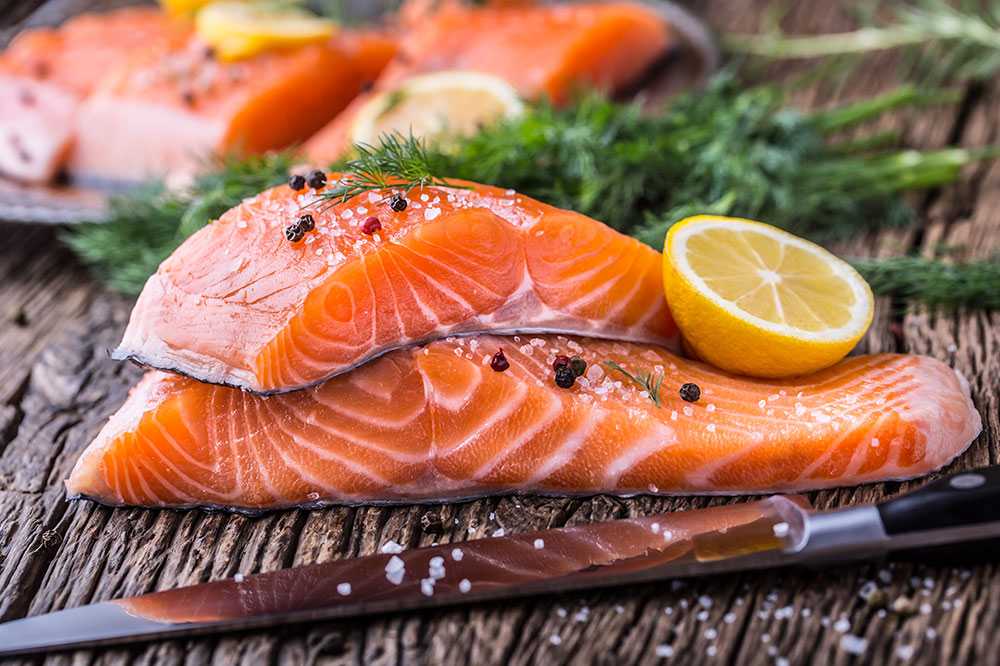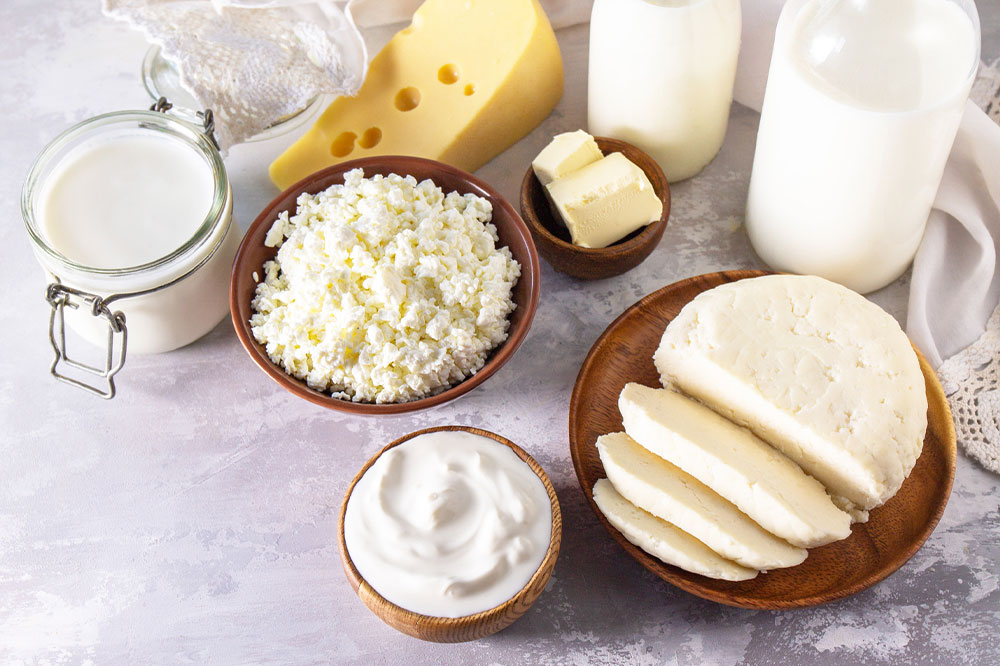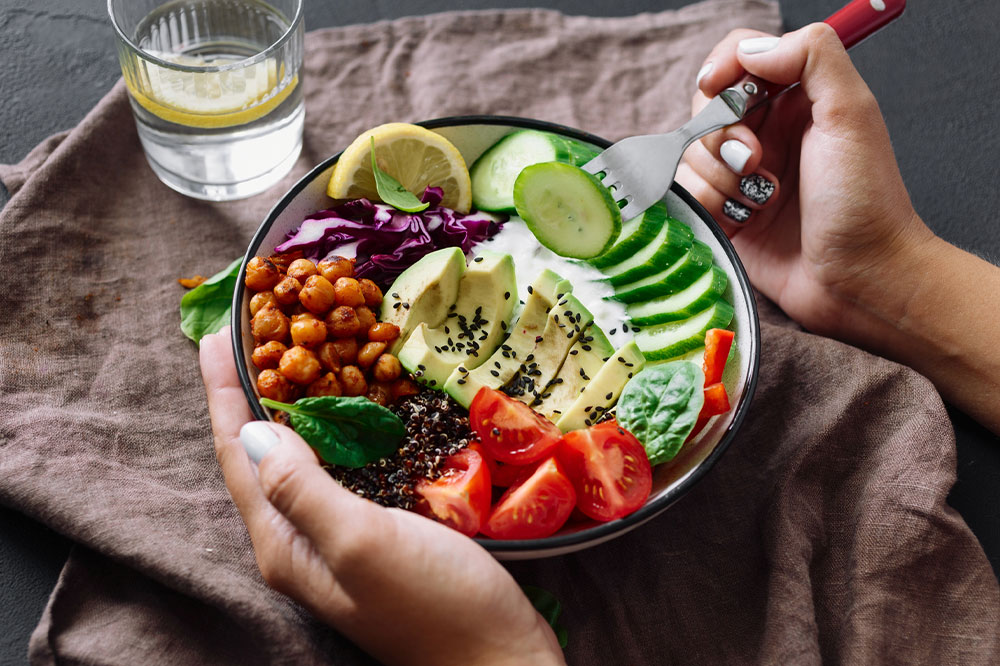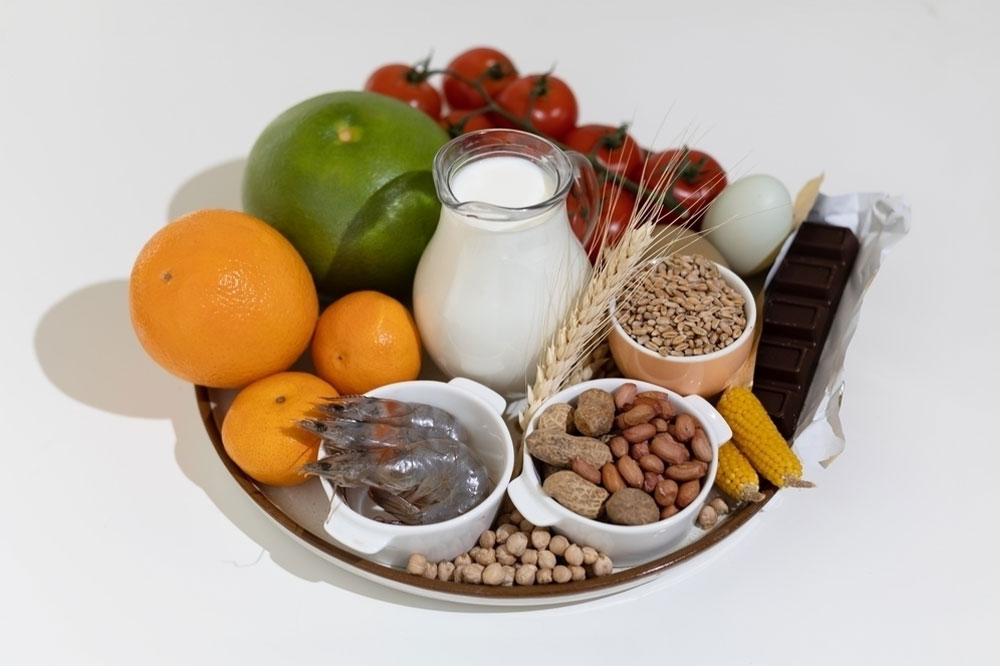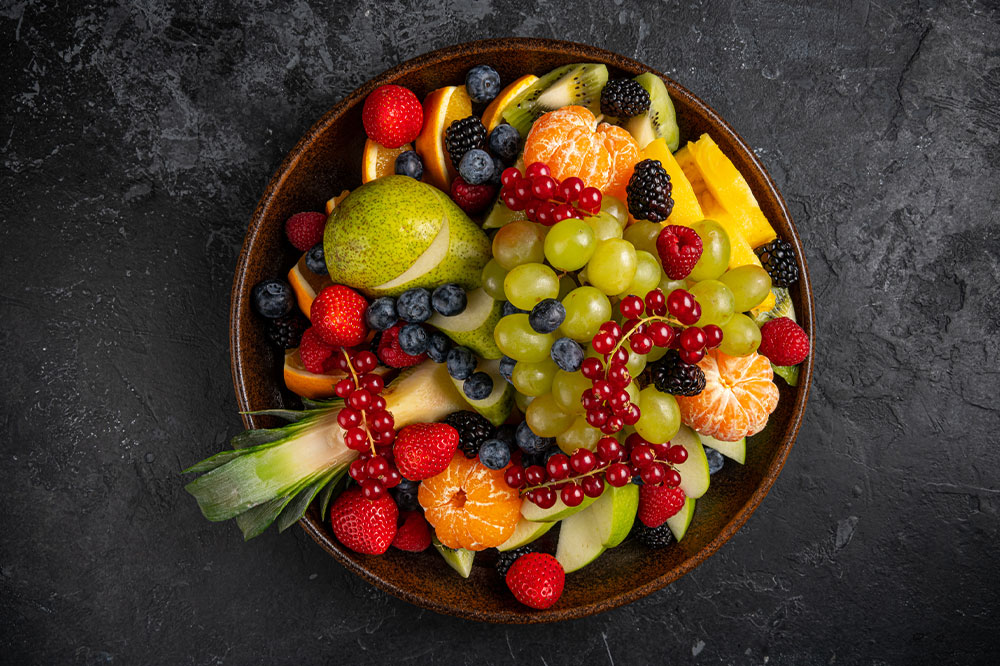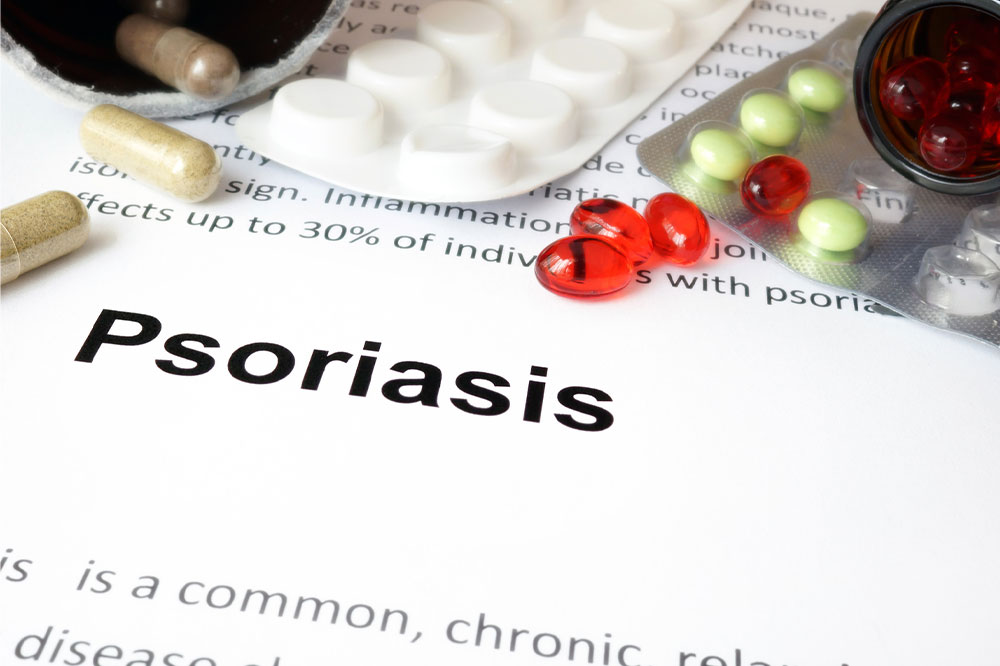5 tips to manage the side effects of an IUD
An intrauterine device (IUD) is an effective and practical method of contraception used by many women across the world. However, some may experience side effects like irregular bleeding, cramping, and hormonal fluctuations. Although these reactions are usually brief and temporary, they can cause discomfort and uneasiness. In this article, we’ll offer five tips to tackle IUD side effects. If a side effect lasts for an unusually long time, one should speak to a doctor immediately. Use heat therapy If one is experiencing intense cramping or backaches after inserting an IUD, they can try using a heating pad. Using heat can help relax and increase the blood flow to the muscles that contribute to cramping, thus reducing any painful sensation. Although this method can be comforting, one should avoid hot baths for 24-48 hours after insertion, as it may cause IUD expulsion. Give your body time to adjust Giving yourself some time allows your body to adjust and make changes for transitioning to a new method of contraception. It’s normal for the body to get used to a new method like an IUD. During this period, a woman may experience mild side effects like bleeding, cramping, or discomfort. Generally, the body can take roughly six to eight months to completely adjust to an IUD.
Read More 


